----
by any chance could you do a lil tutorial/process of how you draw limbs in different poses? esp. legs/thighs, your legs always look so jaunty and charming i love it but i never know what to, ,, ,,, do with mine, like where to put them so
// Art and Reference point
Okay! I'm going to try to answer this best I can, but before I do, please remember I am just a humble animation student and by no means a professional artist or a seasoned expert, so this might not be the correct way to do things or be extremely accurate. This is just how I do it, and a couple tips I've picked up from teachers at school.
First of all, getting familiar with the anatomy of legs helps a lot! (I know this is the dreaded answer to every art question) I don't know too much about the muscles of the legs other than the basics, so I don't talk about them here because I don't want to look like an idiot. They're very worth studying though, especially the muscles that form the inside of the thigh and back of the calf.
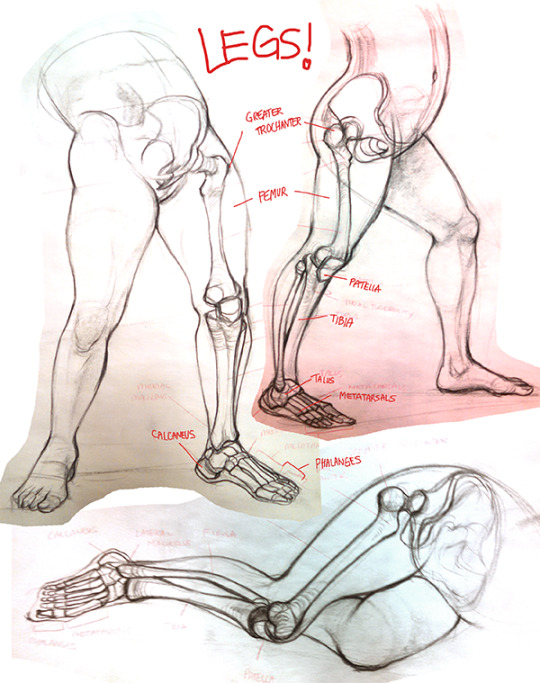
Those are some leg studies I did from life in class last year, with the key parts labelled.
Chances are you've tried to draw legs and??
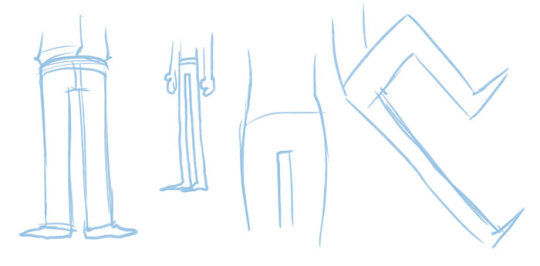
Unless you're going for a certain style, legs that look like straight tubes or 90 degree angles are gonna look a bit weird.
As you can see with the life drawings above, legs have certain natural curves and rhythms to them! None of the bones in the legs are straight or tubular, so your legs should not be either.
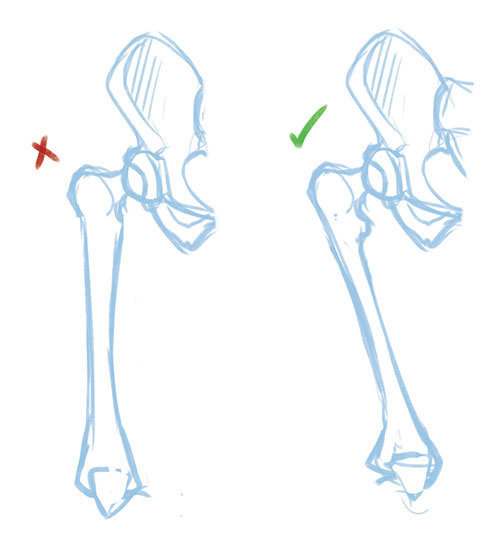
Sorry for the really mediocre pelvis it's not my strong suit oh god. It's easy to characterize the legs as something like this:
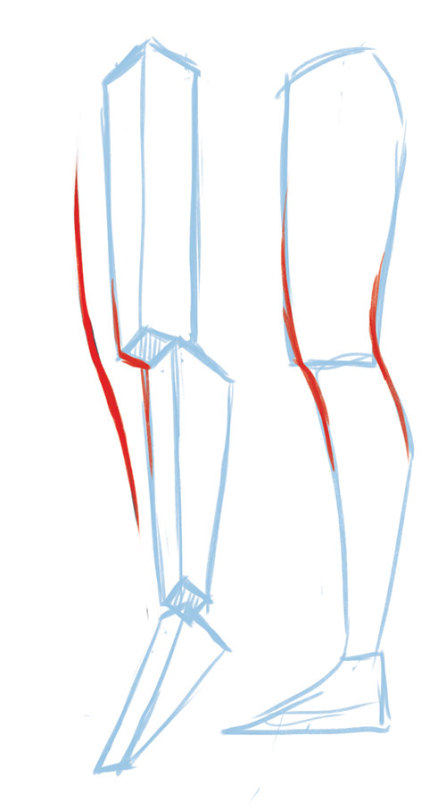
Remembering that the knee is a hinge joint and that it has a sort of curved offset from the upper leg to the lower leg really helps.
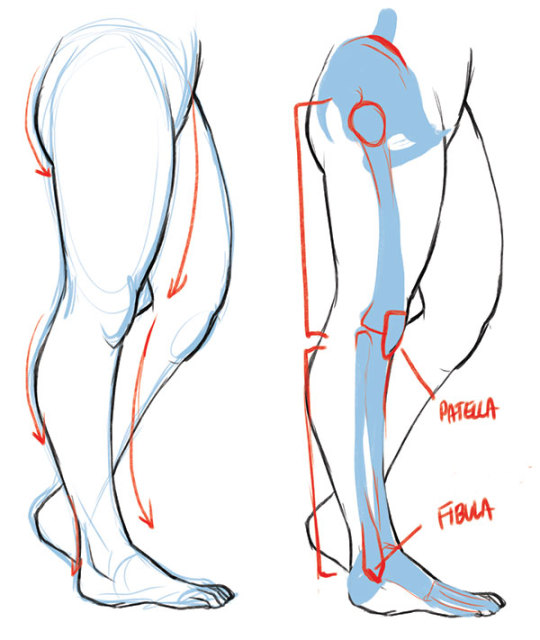
So when you keep that offset in mind and apply some curves over the muscle and fat layered on top of those BEAUTIFULLY RHYTHMIC bones, you get dynamic flow in your legs. The hip (trochanter), kneecap (patella) and ankle (fibula/tibia malleolus) are good landmarks to keep in mind.
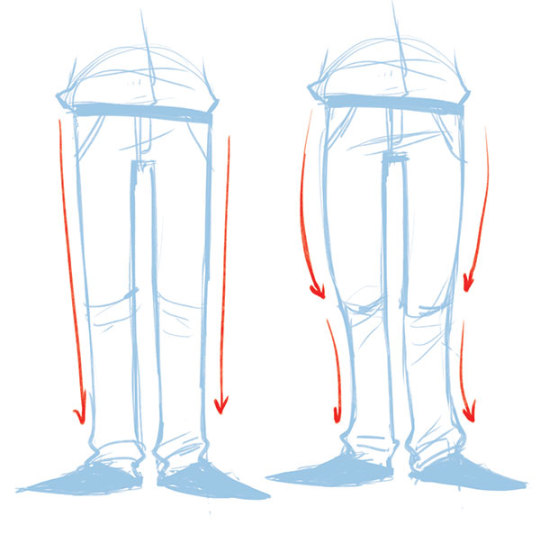
So by applying some curves, you get a softer/more dynamic/rhythmic feel to the legs that makes your figure look a lot less static even if they are standing entirely still. It's also worth noting most people shift their weight onto one hip or another, position their feet weirdly, etc etc.
Hope that helps!
----
Shared via my feedly reader
Sent from my iPad
No comments:
Post a Comment